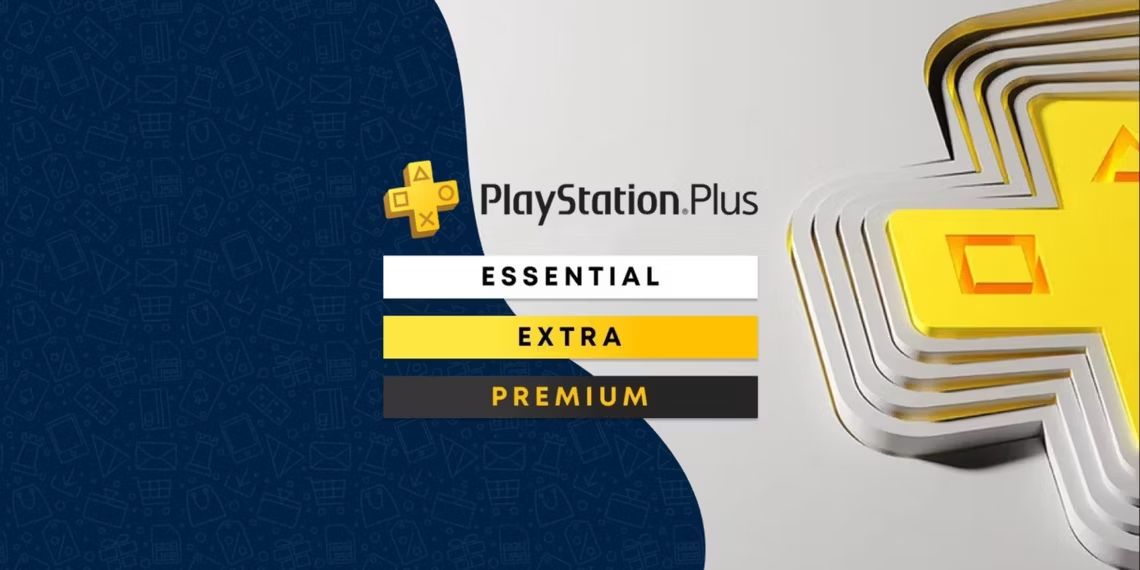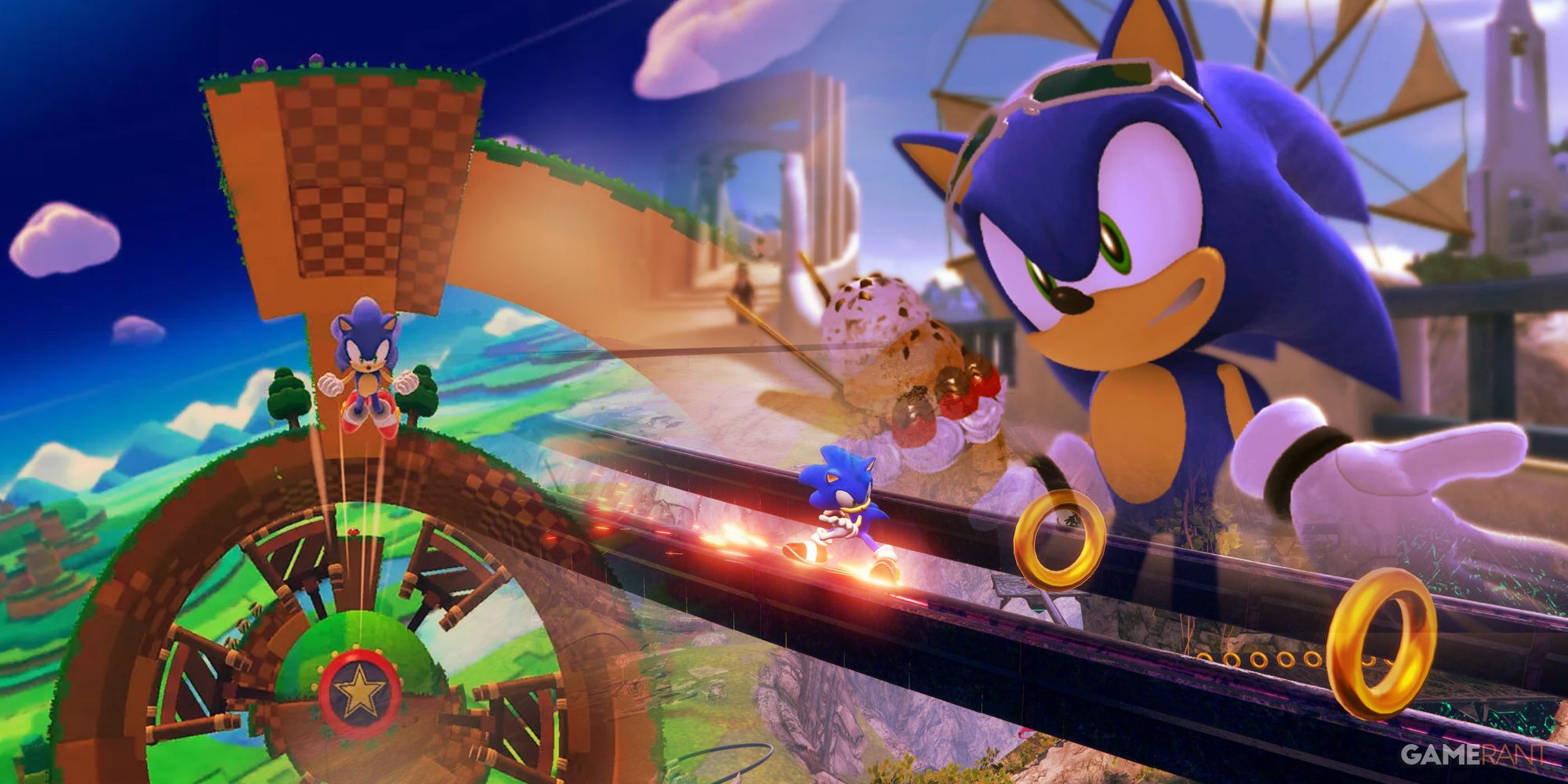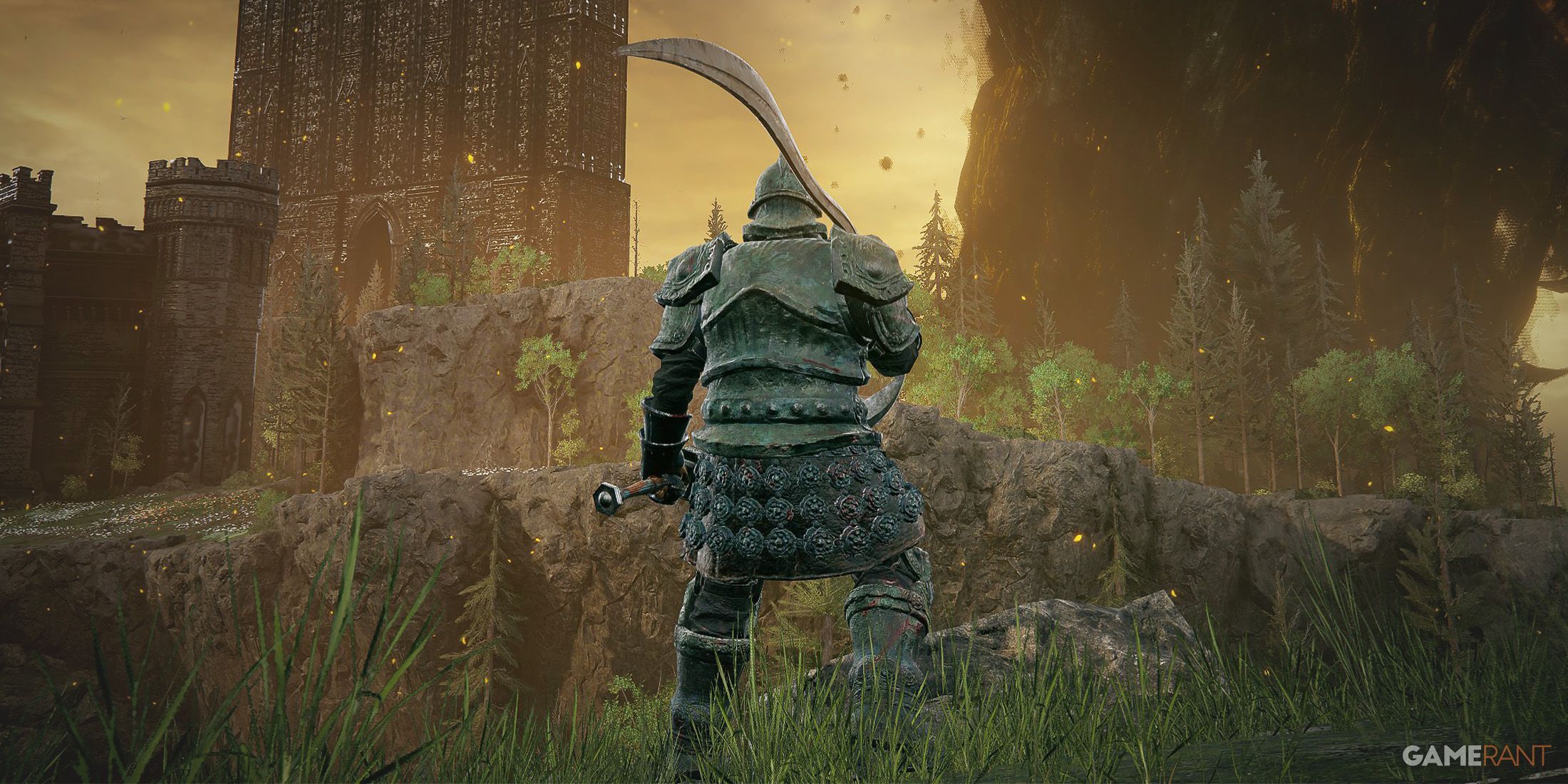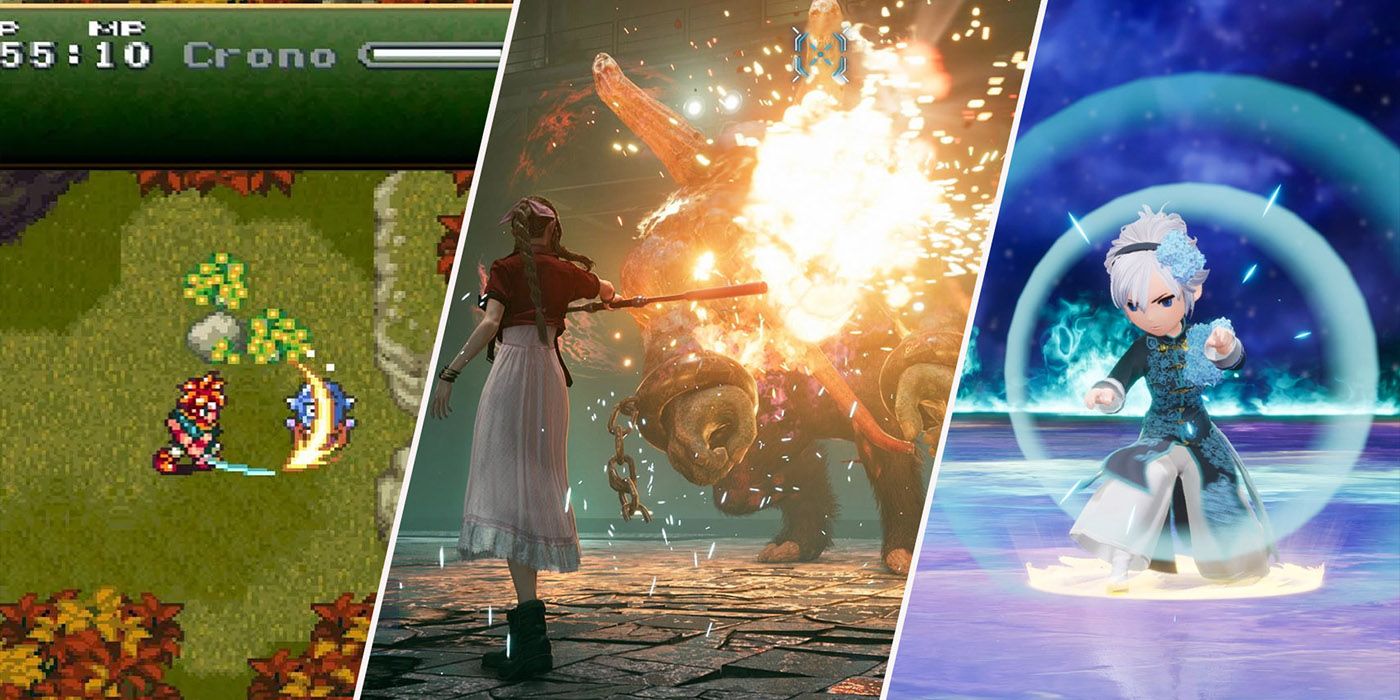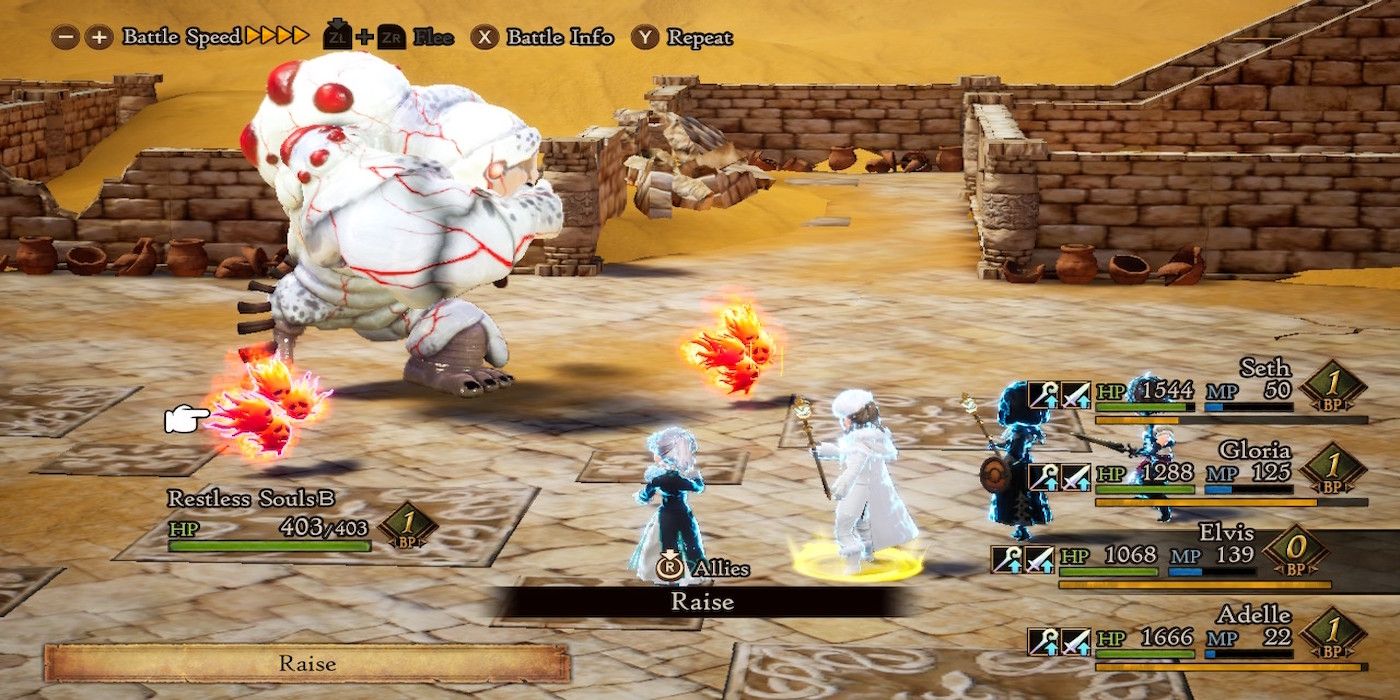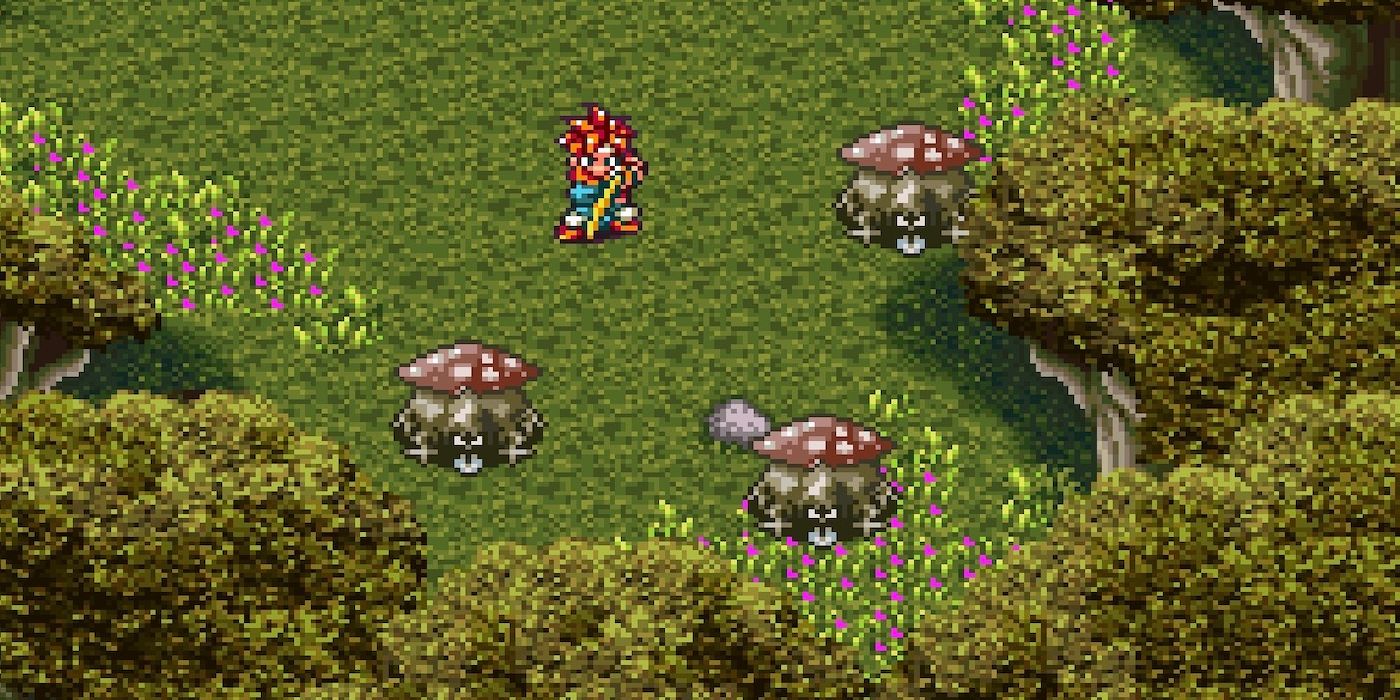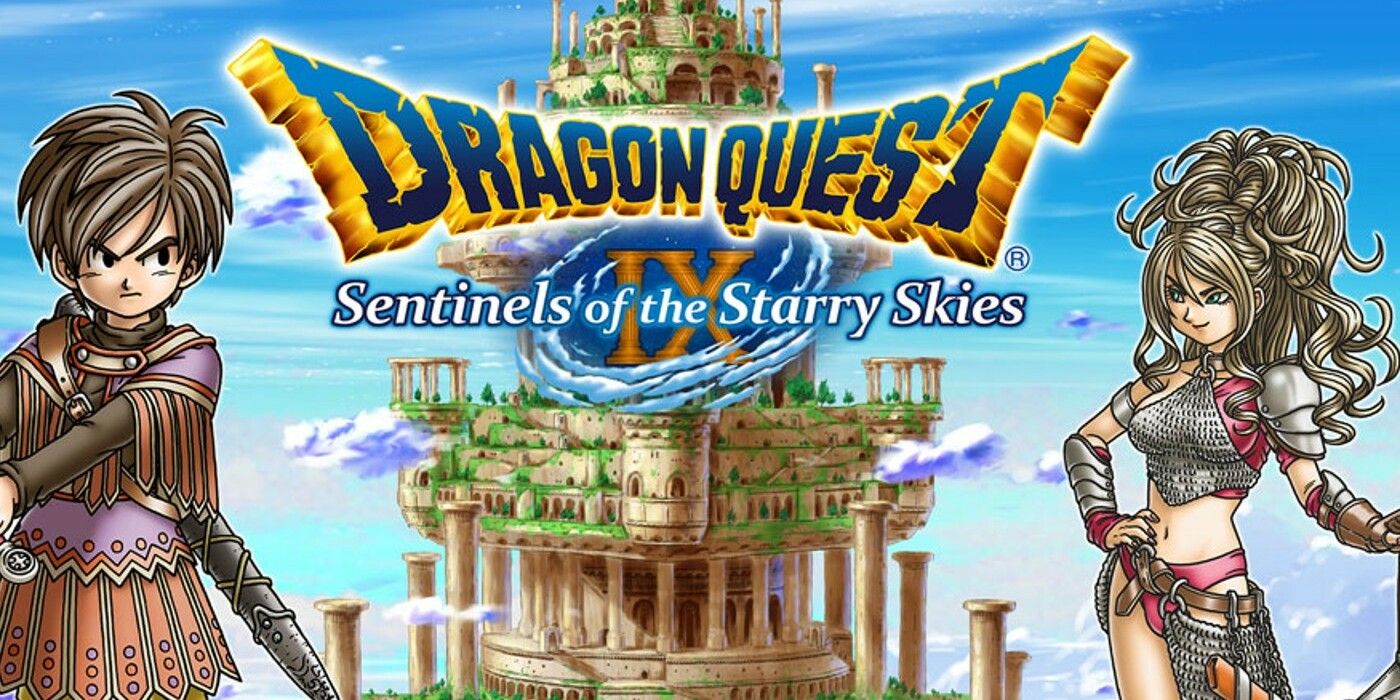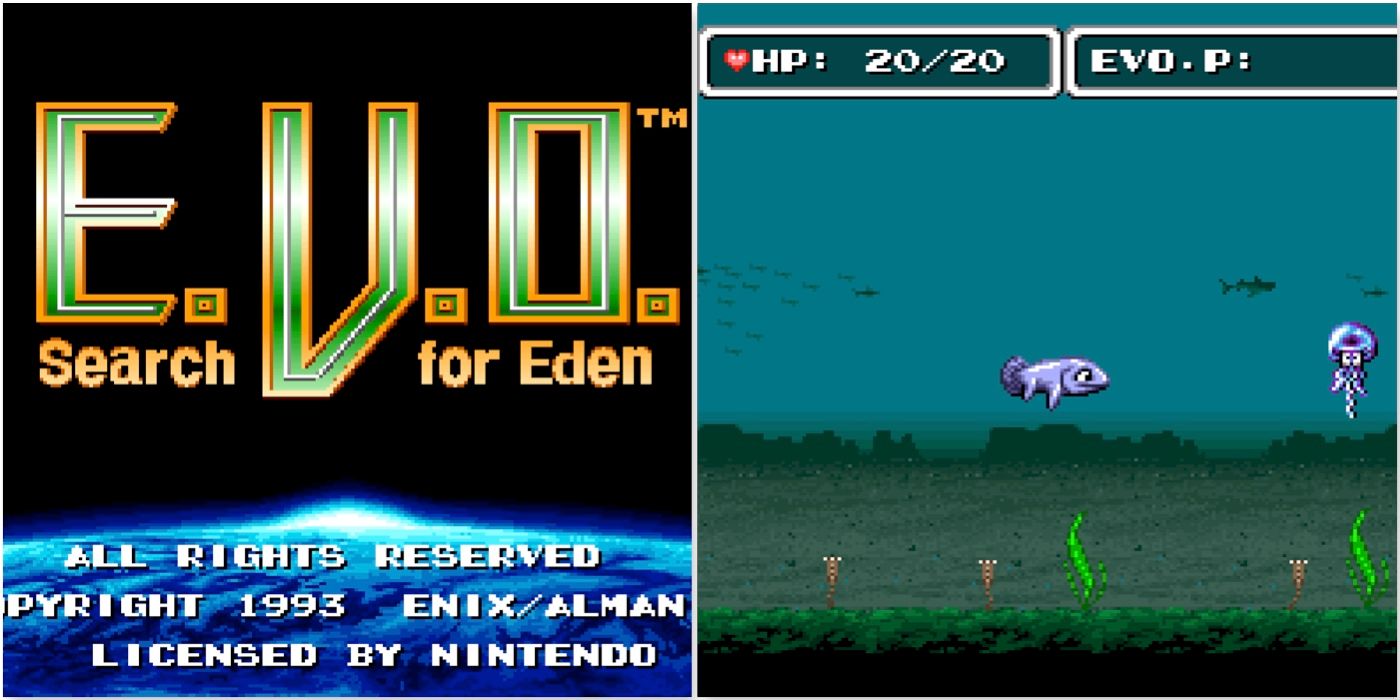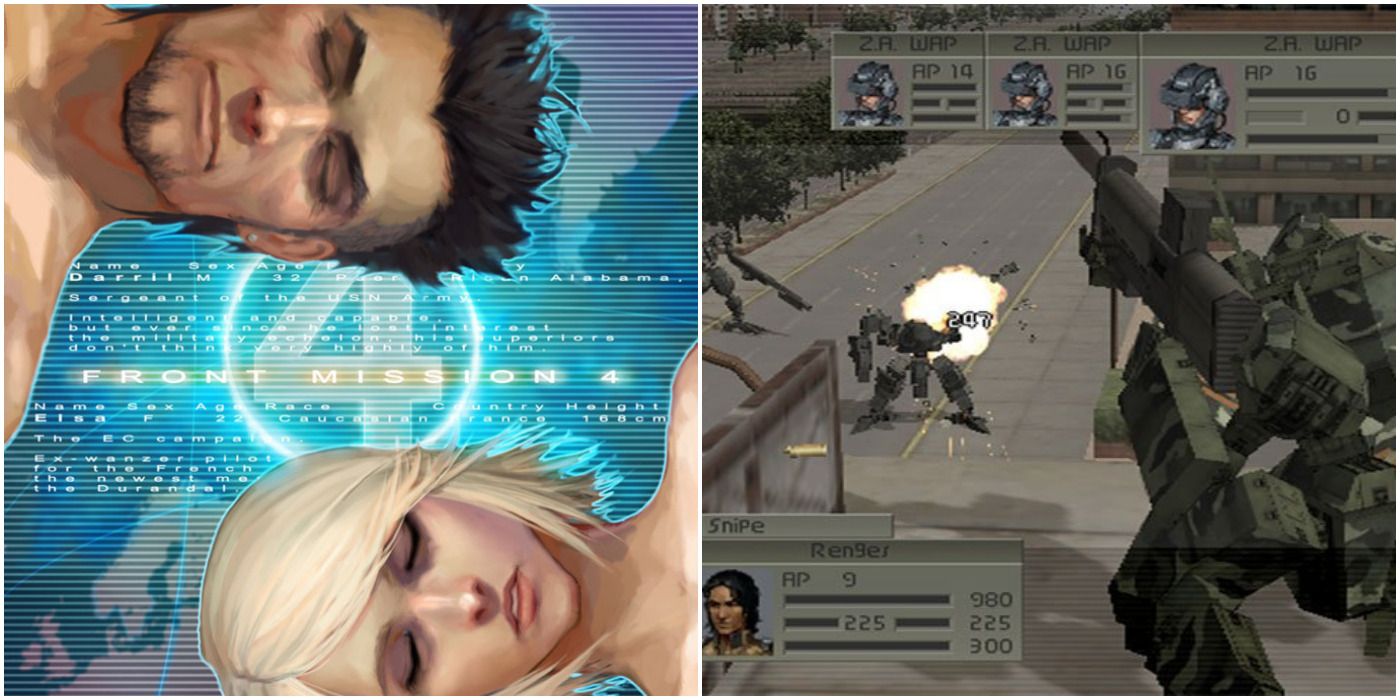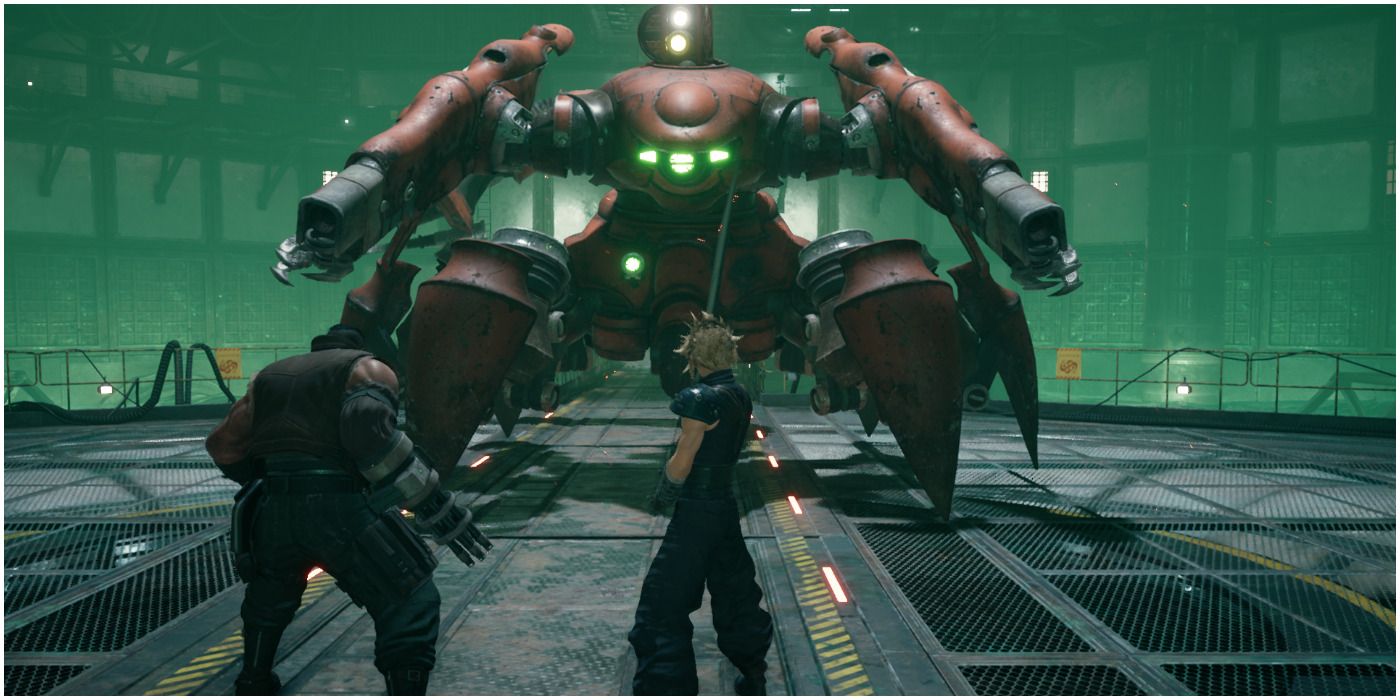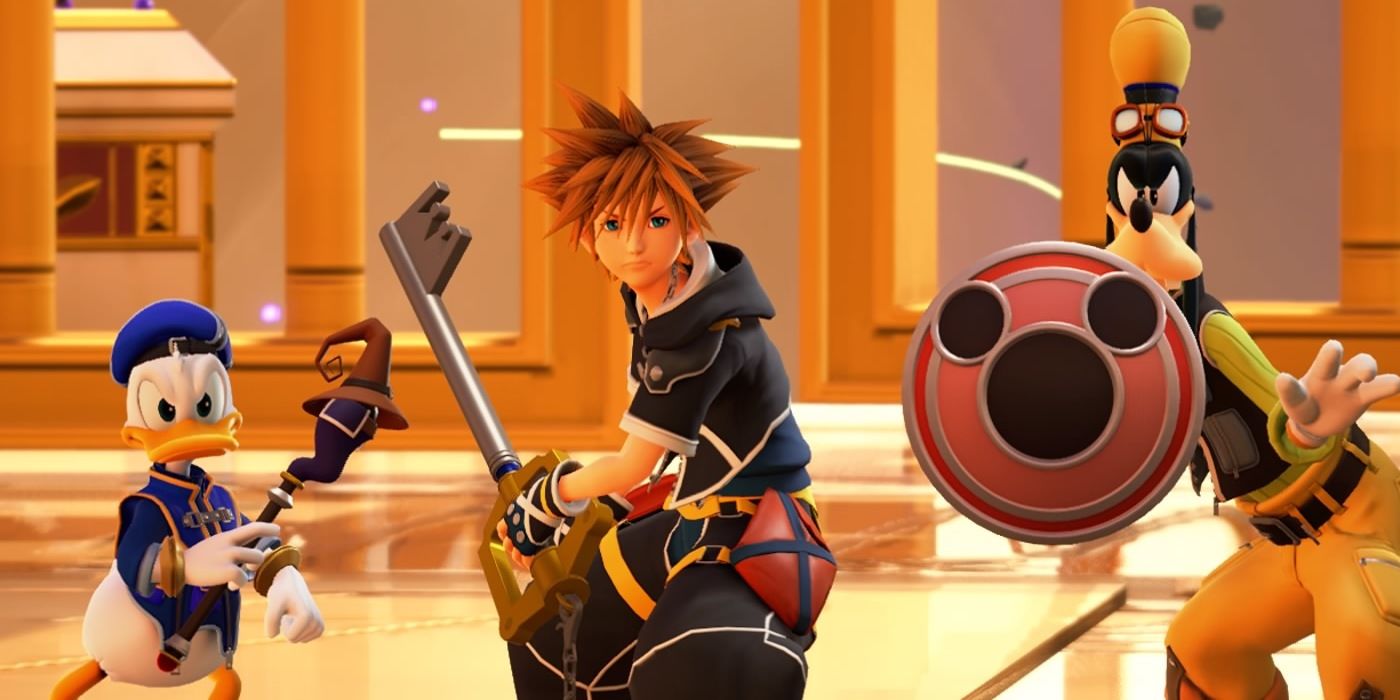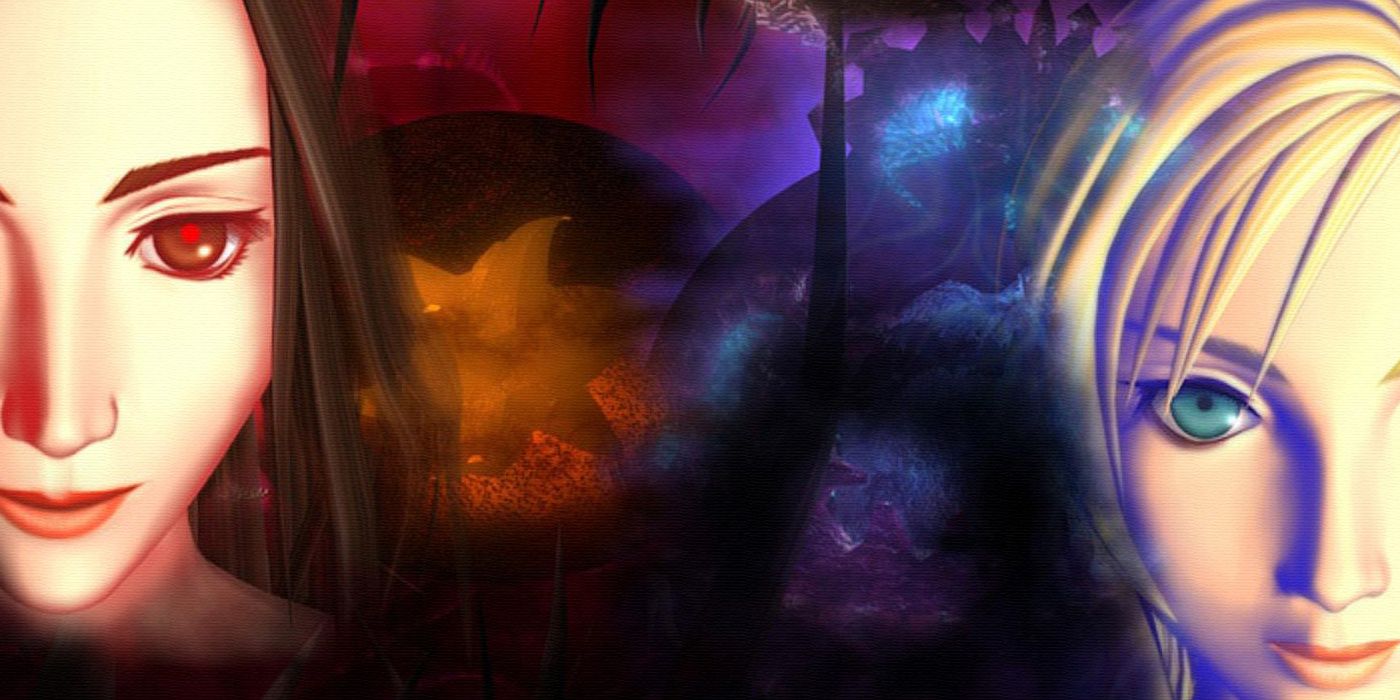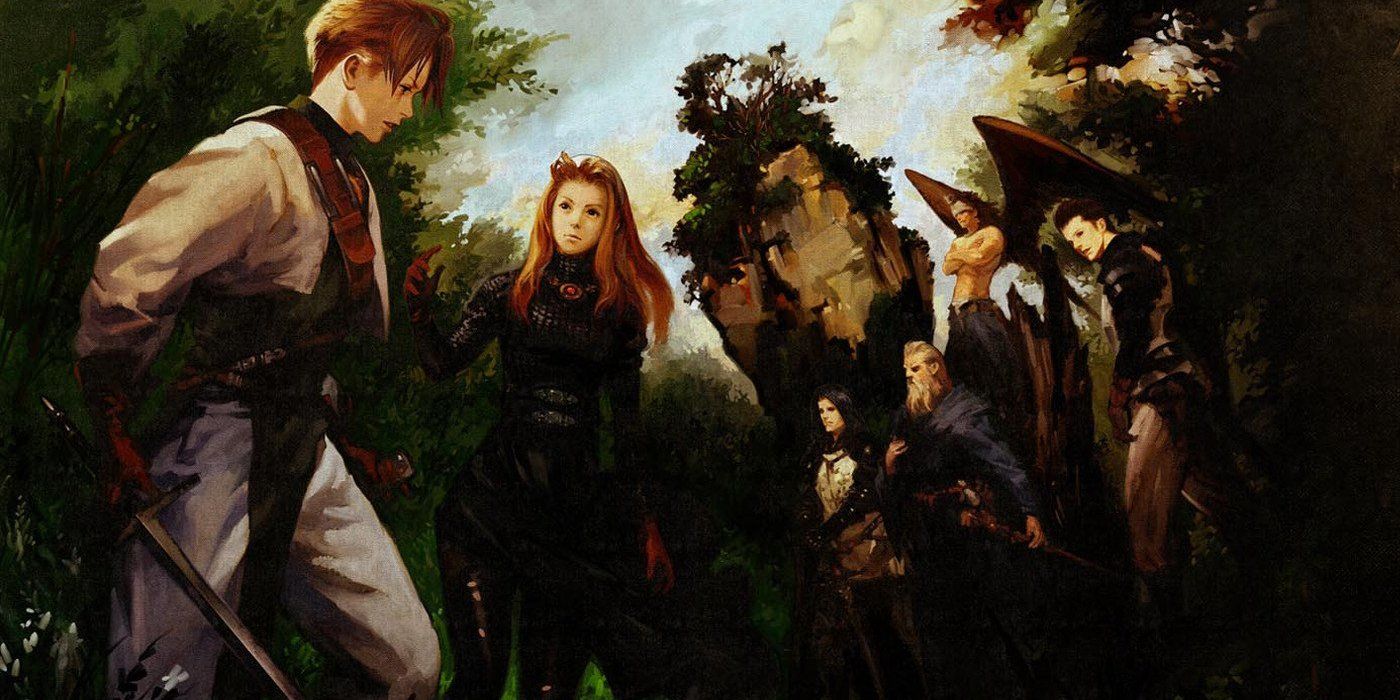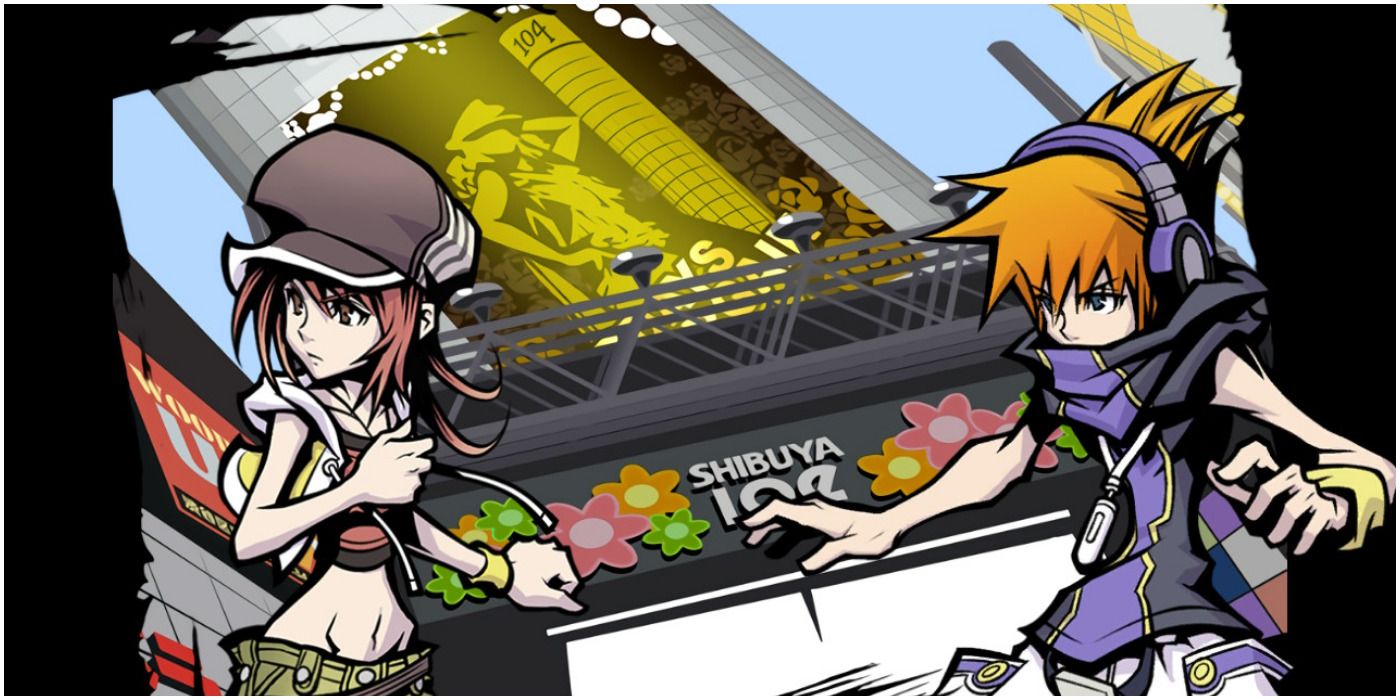Square Enix is known for two RPG giants in the gaming industry: Final Fantasy and Dragon Quest. If there is a third iconic thing about the company, it would be the fact that Square Enix always tries to experiment with combat systems.
Some franchises, such as DragonQuest, remain classic without many variations to their formula over the years. Then there are other battle systems that are wild and unique to this company. Some of these battle systems work and some fail but all in all, they are interesting to look at from an RPG perspective. Only one game per series was chosen to keep things fresher.
10 Bravely Default 2
- Battle system: Turn-based
Bravely Default 2 is at its core a turn-based RPG like classic Final Fantasy games. It even has a robust job system like many of those games. Players choose one Job to equip and one Job to sideline. For example, a Black Mage could equip the White Mag Job so that they could use Black and White magic in battle.
What truly sets it apart on the Switch is its Brave and Default commands. Players can bank points via the Default command and then act on more turns if they use their Brave points which can add more strategy to battles in the game.
9 Chrono Trigger
- Battle system: Active Time Battle 2.0
Chrono Trigger was one of the first major RPGs that didn’t have random battles on the SNES. Players could instead avoid monsters in the field if they so chose. Run up to them in the field and battles began. It was turn-based, but it had a more active feel to it as monsters and hero characters were not stationary.
Choosing Crono to attack an enemy would have him physically move to that spot and stay there until the next move was chosen. Magic and combo skills had areas of effect. For example, if two enemies were close to each other, certain skills like Crono's Whirlwind attack would hit both of them for damage.
8 Dragon Quest IX
- Battle system: Turn-based
Dragon Quest IX was the first main entry in the series to launch as a portable game via the DS. It was also the first game to have multiplayer integrated thoroughly into its DNA. Players could co-op with up to four friends on adventures through dungeons.
It too was a fairly standard turn-based affair but one that was strengthened by its feel Job system. Choose a Job, level it up to gain new abilities, equip those skills for battle, and so on. There are a lot of Jobs to choose from and mastering the entire system for one character will take hundreds of hours.
7 E.V.O.: Search For Eden
- Battle system: Action
E.V.O.: Search For Eden was a SNES game from Enix released before the studio's merger with Square. It’s an action RPG mixed with a sort of rapid theory of Darwinism. Players start out as a lowly creature and then slowly evolve over time as they battle and eat other creatures.
It's a fairly simple and straightforward action RPG that plays out more like Castlevania than anything else in Square Enix's catalog. Players can even pick their evolutionary traits as they level up such as wishing to gain legs to jump onto land or grow more fins to become faster in water. There really hasn’t been a game quite like E.V.O. since it was released.
6 Front Mission 4
- Battle system: Turn-based Strategy
Front Mission 4 was a PS2 strategy RPG much like Final Fantasy Tactics but with mechs. It goes beyond that description though as this is a mech fan’s dream. Units do not simply have one HP source to dwindle down, as players instead have separate body parts that can be targeted. For example, if a target's arms are destroyed, they cannot attack. The customization for each unit’s mech is astoundingly complex.
Weight has to be taken into account as players mod units for the battlefield from body parts to weapons. Turns in this game alter from side to side. In other words, the player's team makes all of their moves and then the enemy follows suit.
5 Final Fantasy VII Remake
- Battle system: Real-time Active Time Battle
Square Enix has made many action RPGs over the years but Final Fantasy VII Remake is its finest attempt yet. Not only does it feel good to naturally progress from the original's turn-based content to this, but every character controls differently.
While one character is being played, hacking and slashing away at enemies, the other party members move automatically and can take commands. If the player wants to use an ability like magic, time will slow down as they choose kind of like the VATS system in Fallout 3.
4 Kingdom Hearts III
- Battle system: Action
Kingdom Hearts' combat has developed since the original title's release. Kingdom Hearts III can still get chaotic in battles and thus hard to navigate, but it is much improved. Part of this is due to all of the new battle commands; for example, Sora can summon theme park rides from Disney's past to deal damage aptly named Attractions.
The Flowmotion system returns allowing Sora to bounce off of walls and strike enemies like in Dream Drop System. Formchanges allow Sora's Keyblade to morph into other weapons for a short period of time like lances and guns. There's so much more to this action RPG that makes it a spectacle to behold during every encounter.
3 Parasite Eve
- Battle system: Active Time Battle
Parasite Eve is part survival-horror, part turn-based RPG. Even today, it is still unique despite being a PS1 game. Players used guns mostly as weapons, with each firearm having a varied range that was represented in a green dome. The more inside the dome an enemy is, the better chance Aya's weapons have to hit it.
The main character, Aya, does have some magical abilities as well, but the gunplay makes it feel like a more grounded experience. The fact that Parasite Eve takes place in New York City doesn't hurt either.
2 Tactics Ogre: Let Us Cling Together
- Battle system: Turn-Based Strategy
Tactics Ogre: Let Us Cling Together started out as a SNES game in Japan before coming over to the PS1 and eventually to the PSP in this final form. It was Final Fantasy Tactics before that game existed, with many traits carrying over such as the Job system and overall look.
What makes the PSP version unique is the timeline mechanic. One could go around to see varying events play out differently at their leisure. That's the story, but as for the combat itself, players create and equip units with classes, and then place them on the battlefield. Characters and enemies move and act on moves based on speed based on a turn-based style.
1 The World Ends With You
- Battle system: Stride Cross Battle System
The World Ends With You can sometimes feel like the player is trying to pat their head and stomach at the same time. The top screen of the Nintendo DS is controlled via button prompts while the bottom screen uses touch controls to control moves.
Thankfully, there is an option to have the AI partner work out the top screen if that proves too much to handle. On top of that, there is also a fashion mechanic that boosts stats depending on what the characters are wearing and where.

